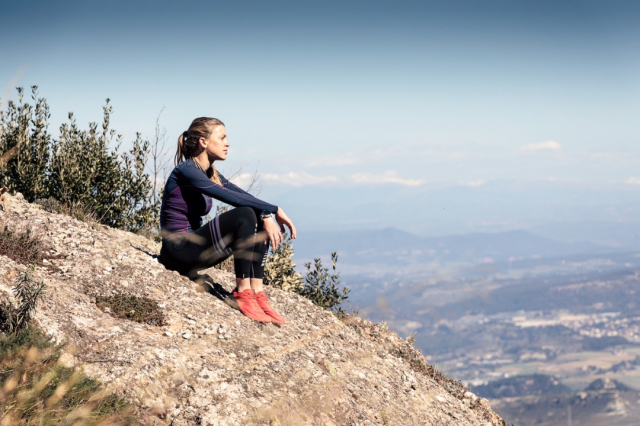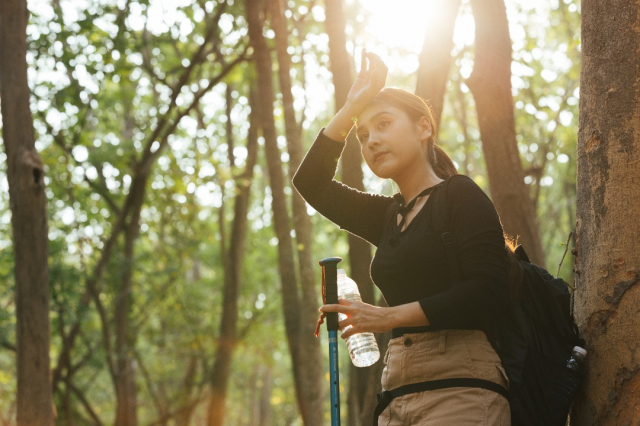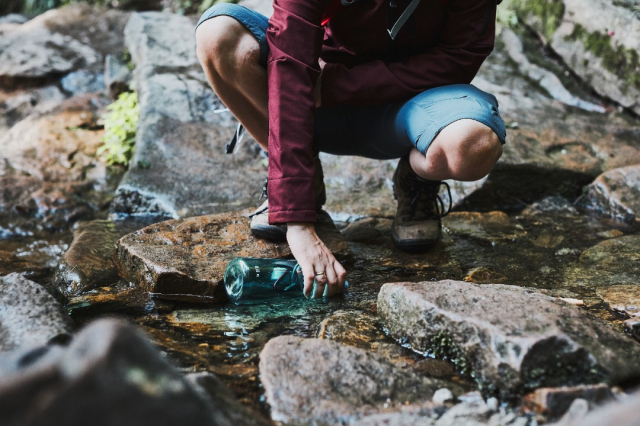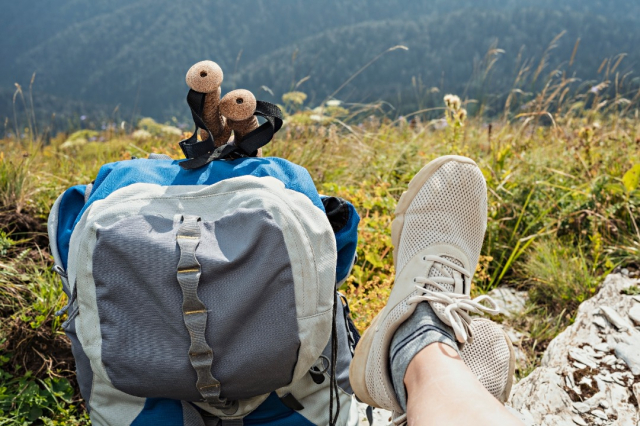Tips to combat fatigue on the Camino de Santiago
When starting the Camino de Santiago, it is necessary to take into account various guidelines to regain strength and reduce the fatigue caused by long days walking
Understanding fatigue on the Camino de Santiago
During our journey on the different routes of the Camino de Santiago, it is very common to notice certain days that fatigue takes over our body. Faced with this situation, it is gratifying to rest and sleep the necessary hours, since the next day we wake up feeling new and full of energy.
The Camino de Santiago is one of the most beautiful experiences that a person can live throughout their life. However, fatigue can often become our worst enemy, since it makes us feel tired and want to give up on our goal. The days when we walk with our backpack on our backs, doing kilometers and suffering from climatic adversities, will make us feel tired and with little vitality. To avoid this situation, we want to recommend a series of tips to combat fatigue during the Camino.
Basic tips to regain strength on the Camino de Santiago
Drinking energy drinks is a good option for those who travel 30-40 kilometers, as they will replenish the mineral salts they have lost during the journey. It is also important to drink plenty of fluids to avoid muscle fatigue. It is advisable to drink small drinks frequently to hydrate ourselves.
We must limit the weight of the backpack. Remember not to go overboard with the weight as there will be Walking miles with it and overexerting this area for several weeks can have serious consequences for the muscles. In addition, fatigue will make You may go slower and your strength may begin to fail over the hours, so try carry what you need in your backpack. The ideal is not to carry more than 10% of our body weight, for example, if you weigh 80 kg your backpack should not exceed 8 kg.
Some leg and foot massages are appreciated, whether done by ourselves or by a partner. The shoelaces are not the real problem, since we will stop having them the next day. The drawback is the muscle fatigue that can appear due to the pace of walking, dehydration and overexertion to which we are not accustomed.
Take breaks during the day to regain strength, so that you do not feel exhausted and favor the pace of recovery. It is not necessary to rest only in the shelters, since we can do so whenever the body needs it. If he asks us to rest, all we have to do is lie down, no matter the time of day, especially after eating. You can also accompany this stop by eating and drinking something. If you follow these steps, your body will thank you. and you will enjoy the experience to the fullest.
Along with taking breaks is sleeping well at night. If we do not sleep enough hours we will notice how we lack strength the next day. Remember that rest during the Camino de Santiago is essential to be able to do it with the necessary energy it requires.
Even if you need more rest, you can think about resting for a full day. So You will be able to face the remaining kilometers to the finish line with more enthusiasm. In fact, the ideal is to rest one full day per week.
Physical preparation before the Camino de Santiago
Physical preparation before starting the Camino de Santiago plays a fundamental role in the pilgrim's experience. Before putting on your boots and loading your backpack, it is essential to spend time strengthening your body for the challenge that the hike will entail. trip. Understanding that the Camino de Santiago involves long days of walking and physical challenges takes us to the first stage of this preparation: physical conditioning.
Performing specific exercises such as regular walks several months before starting the trip, resistance training or flexibility exercises will contribute. significantly to the body's ability to resist fatigue and prevent injury. Consistency is an important point. Establishing a gradual exercise routine adapted to your fitness level will allow you to improve your fitness level. improve cardiovascular and muscular endurance, which will be of great help on the hills and uneven trails of the Camino.
In addition, this preparation not only results in a stronger body, but also in agreater confidence in your physical abilities and a mind You will be more prepared for the challengesthat await you on the Camino de Santiago, regardless of the route chosen.
What eating on the Camino de Santiago: Nutrition and hydration
Proper nutrition and hydration are two fundamental pillars to successfully face the Camino de Santiago. Before beginning the journey it is essential to carefully consider what you consume. A balanced diet that includes carbohydrates, proteins, healthy fats, fruits and vegetables will provide The energy needed for long days of walking.
Also remember that it is important to carry easily digestible snacks and energy foods in your backpack to maintain stable energy levels during the day. Constant hydration is equally crucial. Weather conditions and physical exertion can lead to rapid dehydration, so it is advisable to carry a bottle of water and drink regularly.
Also consider carrying a bottle of isotonic drink to replace minerals lost through perspiration. Staying well hydrated is essential to avoid fatigue and prevent health problems related to dehydration. In short, taking care of your nutrition and maintaining adequate hydration will provide you with the energy and resistance necessary to fully enjoy the Camino de Santiago.
How to manage the pace and breaks on the Camino de Santiago
Rhythm management and breaks are also aspects to take into account to maintain balance during the Camino de Santiago. Often the initial excitement can lead to a walking pace that is too fast, which can lead to rapid energy depletion. It is advisable to maintain a constant and comfortable rhythm, adapted to your physical capacity and therefore avoid premature fatigue.
Walking at an appropriate pace will allow you to enjoy the landscape and maintain resistance throughout the day. Regular breaks are equally important. Planning strategic stops to stretch your legs, rehydrate and recharge is essential. These moments of pause allow the body to recover and avoid excessive accumulation of fatigue. Additionally, during these breaks you can take the opportunity to enjoy the beauty of the surroundings, interact with other pilgrims and take photographs to create unforgettable memories.
In summary, proper management of pace and breaks provides a necessary balance so that the Camino de Santiago is a rewarding and pleasant experience, and not a race against fatigue.
Routes
Blog
 ¿Vas a hacer el camino de Santiago? Cuida tus pies antes y después
¿Vas a hacer el camino de Santiago? Cuida tus pies antes y después
 5 razones por las que contratar un seguro de viajes
5 razones por las que contratar un seguro de viajes
 Formas de hacer un logotipo
Formas de hacer un logotipo
 La importancia del registro de llamadas durante tu viaje por el Camino de Santiago
La importancia del registro de llamadas durante tu viaje por el Camino de Santiago
Information
Points of interest
Cities & Towns | Hostels | Lodgings | Restaurants | Saddlery | Doctors | Points of interest | Bikes workshop
Contact us | Privacy policy | Cookies policy | | Terms of use | Authorship | Web Map | Consentimiento
© Copyright LA VOZ DE GALICIA S.A. Polígono de Sabón, Arteixo, A CORUÑA (ESPAÑA) Inscrita en el Registro Mercantil de A Coruña en el Tomo 2438 del Archivo, Sección General, a los folios 91 y siguientes, hoja C-2141. CIF: A-15000649



